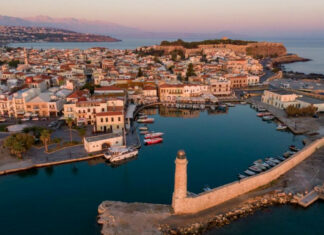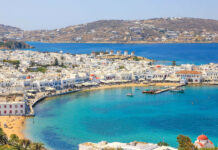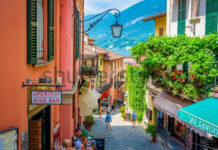Best Time to Visit

The first thing to consider when planning your trip to Santorini is the time of year. The island has a Mediterranean climate with hot, dry summers and mild, wet winters. The best time to visit is during the shoulder seasons of spring (April to June) and if you plan to swim in the sea, autumn (September to October). These months offer pleasant weather, fewer crowds, and lower accommodation prices compared to the peak summer season. If you want to experience the island’s vibrant atmosphere but don’t mind larger crowds and higher prices, then July and August are ideal.
Sunscreen and Hydration Are Essential

Santorini’s climate is characterized by intense sun, which means you should always carry sunscreen and stay hydrated. The sun can be quite harsh, and protecting your skin is crucial. Don’t forget to drink plenty of water to stay hydrated throughout the day, especially if you’re exploring the island or lounging on the beautiful beaches.
Transportation on the Island

Santorini is a relatively small island with limited public transportation options. To make the most of your visit, consider renting a car, ATV, or scooter. These options offer the flexibility to explore the island at your own pace and access some of the hidden gems that might be difficult to reach by public transport. Alternatively, taxis and buses are available, but they can be less convenient for travelers who want to venture off the beaten path.
Be Prepared for Crowds

Santorini is a popular destination, and its narrow streets and famous viewpoints can get crowded, especially during the peak summer season. To enjoy the island’s beauty without the overwhelming crowds, consider visiting popular spots early in the morning or during the late afternoon. Sunset in Oia is an absolute must-see but arrives early to secure a good spot.
Respect the Local Culture

As a tourist, it’s essential to respect the local culture and customs. Greek people are known for their warmth and hospitality, so showing respect can go a long way. When visiting churches, monasteries, or archaeological sites, make sure to dress modestly and cover your shoulders and knees. It’s also common to greet people with a friendly “kalimera” (good morning) or “kalispera” (good evening) when you meet them.
Currency and Payments

Greece uses the Euro (EUR) as its currency. Credit cards are widely accepted in most establishments, but it’s a good idea to carry some cash, especially when visiting small, family-owned shops, or enjoying street food. ATMs are readily available on the island, so accessing cash is not a problem.
Savor the Local Cuisine

Don’t miss the opportunity to savor local dishes like moussaka, souvlaki, tzatziki, and fresh seafood. Santorini is also famous for its unique white eggplant and cherry tomatoes. Visit local tavernas and restaurants to enjoy the island’s culinary delights, and don’t forget to try the local wines, which are world-famous.





















